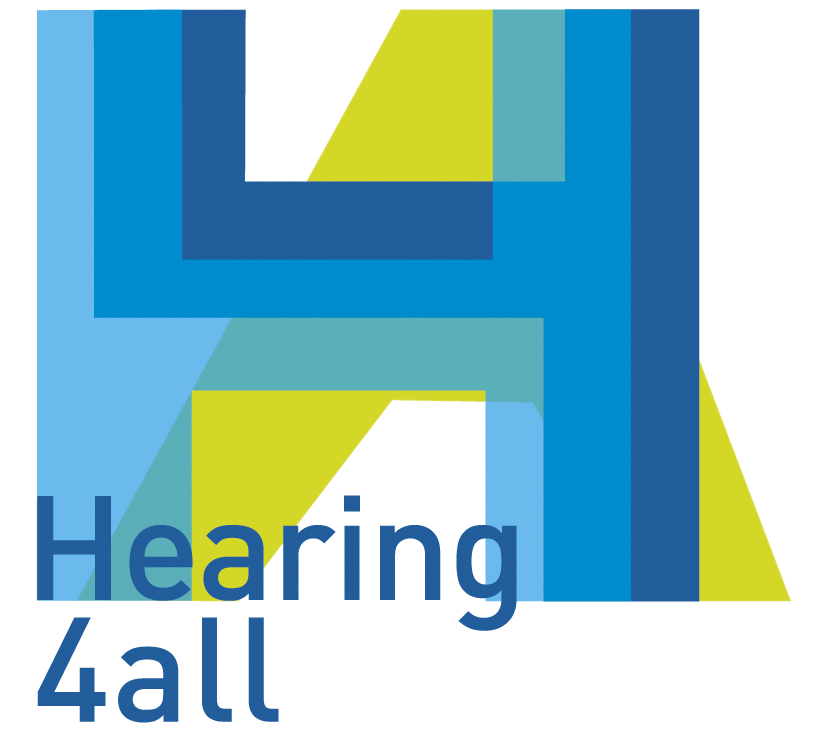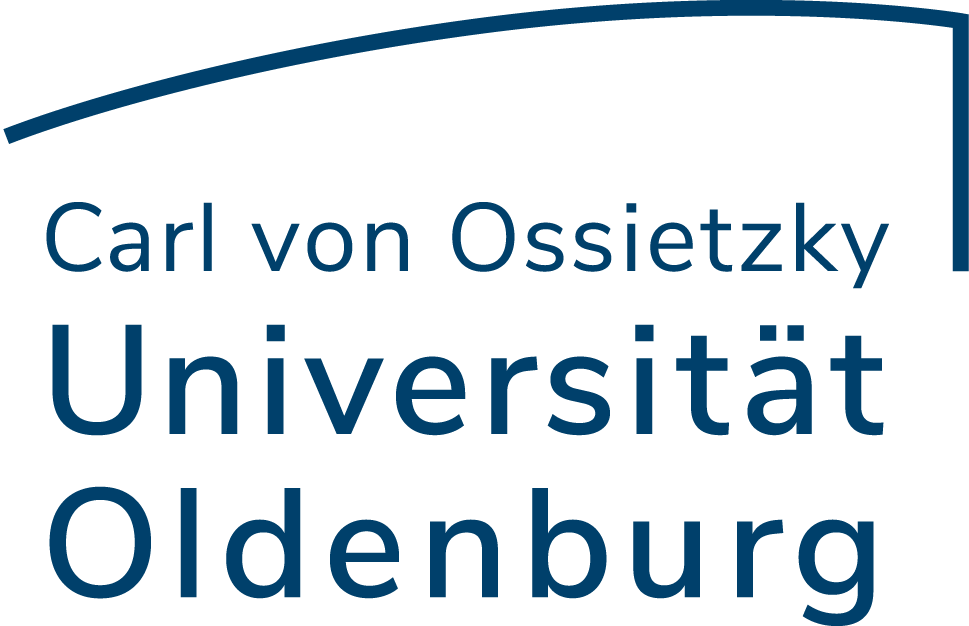Hearing in multisource environments
Auditory sensitivity deteriorates with age and at least one third of people above age 65 suffer from disabling hearing loss. Peripheral hearing loss may be caused by damage of hair cells that serve as sound sensors and amplifiers, changes in the endocochlear potential providing the amplifier with the driving current, or damage to afferent neurons and their synapses. Many persons, however, report problems in speech perception in the absence of major changes in hearing sensitivity. These problems are evident in complex acoustic scenarios with multiple sources. Auditory perception and understanding of speech relies on intact processing, both peripheral and central input. It is currently not clear how bottom-up and top-down factors interact in the analysis of multisource acoustic scenes and how cognition affects this analysis. Furthermore, age-related changes in the central auditory system, including central disinhibition, interact with peripheral dysfunction. It remains unclear how the auditory pathway adapts to major and minor peripheral deficits throughout the lifespan and what the perceptual consequences of such adaptations are, especially in connection with auditory rehabilitation.
The research involves perceptual and physiological investigations of the processing of speech-like signals in complex acoustic environments characterized by many simultaneously active sources providing for considerable masking.








